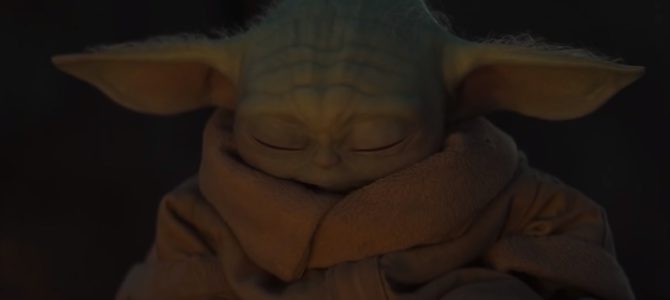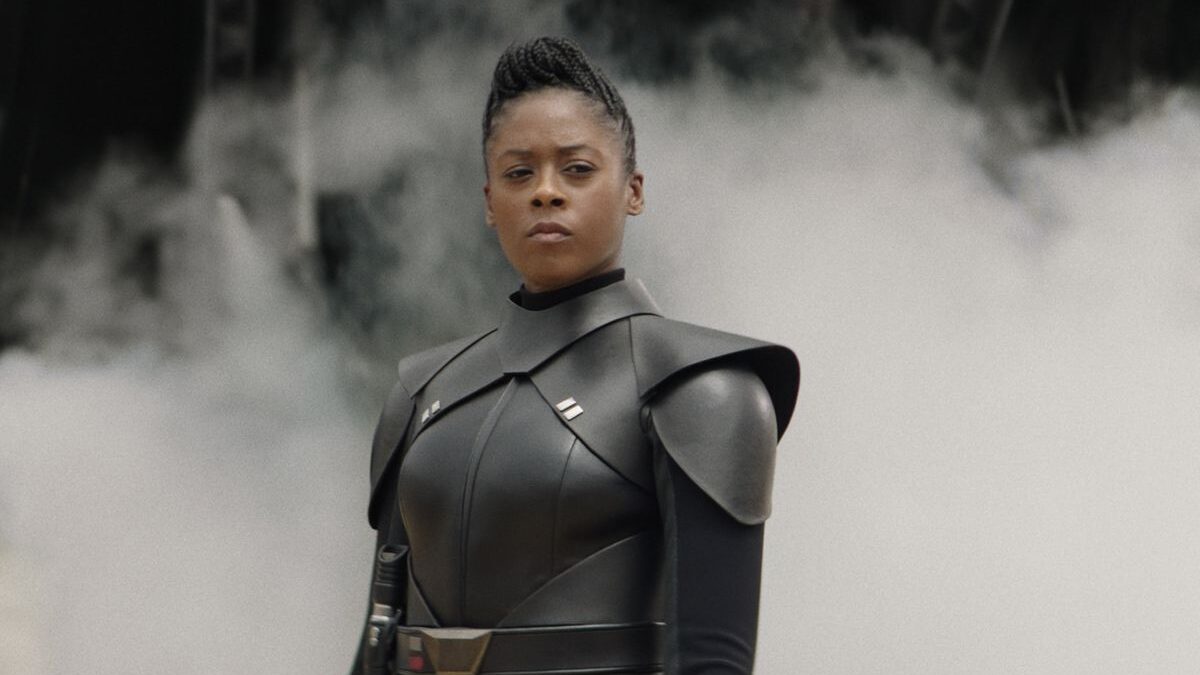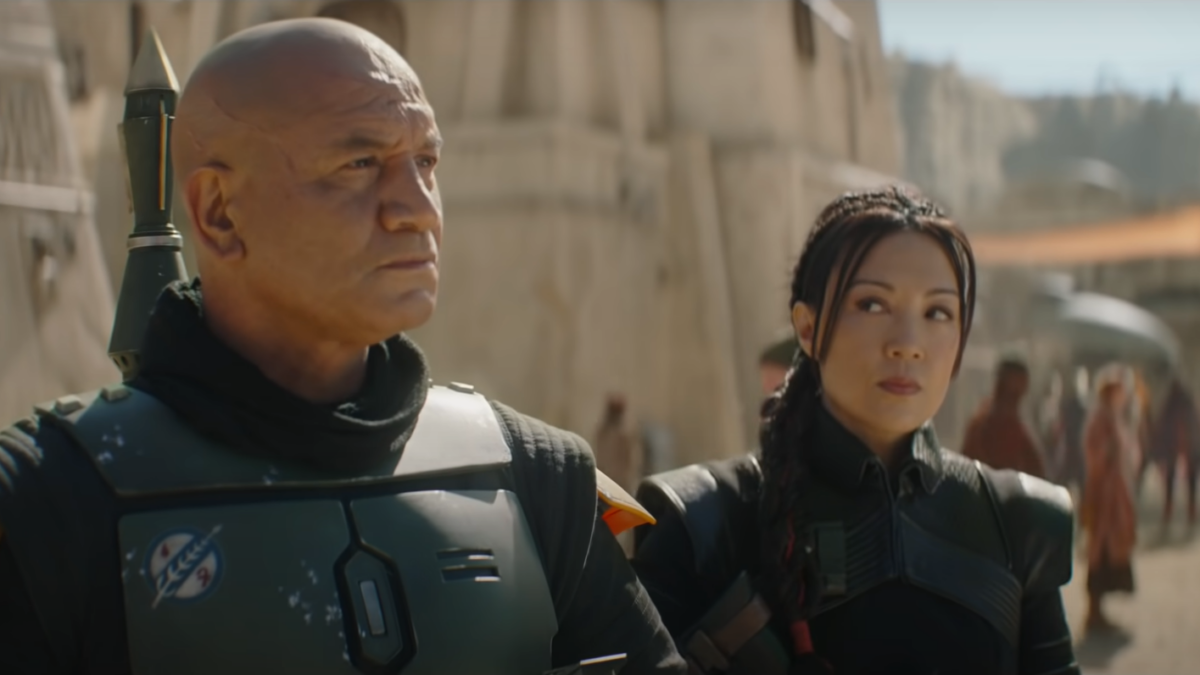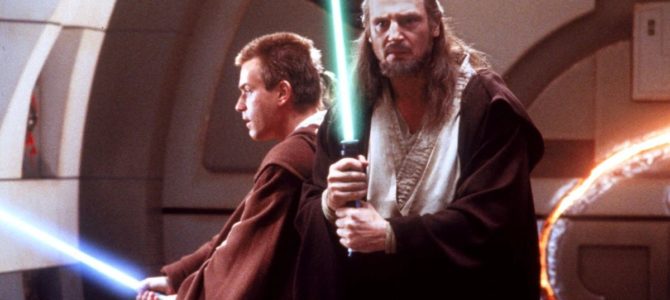
As many have pointed out, the Skywalker story and the galaxy of interconnected characters and legends amounts to the great modern myth of our time. Right now, however, being a Star Wars fan hurts.
Marvel will continue to gain on and outpace Star Wars in popularity with younger generations and make more money at the box office (remember those?), but it will never mean what Star Wars does to the Force faithful. That’s why Star Wars fans are, well, insufferable, in defense of how they remember feeling when they first fell in love with the Millennium Falcon.
I was at my brother’s wedding last weekend, a nice little COVID-conscious affair in the Carolinas with close family and friends. He said something to me in the room where we were getting dressed about his other groomsman, whom he had befriended in high school. My brother said he was making a conscious effort to structure that longstanding friendship on a new foundation, one built on something more than talking about the good ol’ days.
I can relate. It’s the lure of old haunts and friends from your formative years — you always have something you can talk and laugh about. It’s great fun. But steering those relationships toward matters of the present, or sharing your struggles with marriage, parenting, and finances, is a unique challenge. People change. Realizing that can be painful, so we hide from it by going back to what we know.
“The Mandalorian’s” 13th episode just dropped on Disney Plus, launching season two of this groundbreaking Star Wars live-action series into new but quite familiar territory. On the dreary planet of Corvus, the Mandalorian (Pedro Pascal) completed the next step in his quest to reconnect The Child with the Jedi.
He found Ashoka Tano (Rosario Dawson), bringing to life a character that first debuted in “The Clone Wars” (2008) as the feisty padawan learner of Anakin Skywalker. Ashoka’s journey from Jedi to wanderer has become a staple of Star Wars fandom beyond the big screen since that time, and the lore about this character is something the deepest of Star Wars fans adore.
This episode, “The Jedi,” had me both searching for words and picking my jaw up off the floor. It’s a magnificent piece of Star Wars storytelling and imagery that for me, is the way you always imagine Star Wars in your head as a fan, but hardly ever see on screen.
Plenty of reviews point to the visual inspirations throughout this episode, but that’s not what interests me. It’s how “The Mandalorian” handles “fan service.” It’s how this particular Star Wars property reaches out to us as a familiar friend who wants to talk about more than the times long past.
“The Mandalorian” is enmeshed in the battle Star Wars (and any popular fiction franchise) has alway faced: What do the fans want? J.J. Abrams’ task with relaunching Star Wars from its slumber in 2015 with “Episode VII: The Force Awakens” wasn’t an easy one. It’s important to acknowledge and appreciate that. But what Abrams did could be summed up best by the emergence of Han Solo (Harrison Ford) and Chewbacca aboard the Millennium Falcon in a teaser for the film when Solo says, “Chewie, we’re home.”
We all came home at that moment. It was speaking directly to the fans. This is what you want, right? Yes and no.
Star Wars suffers greatly from its own success and legendary status. It’s a hostage of its most iconic moments and locations and feel-good moments. For Star Wars fans young and old, these moments are bound up with memories of seeing the films with their family or best friends, and of playing make-believe in their backyards till sundown.
It’s what Don Draper describes in his Carousel monologue about nostalgia: it “means the pain from an old wound. It’s a twinge in your heart far more powerful than memory alone. This device isn’t a spaceship, it’s a time machine. It goes backwards, and forwards… It takes us to a place where we ache to go again.” Like I said, Star Wars hurts.
The theatrical releases of new Star Wars films have been mired in this pain of fans grasping for a rush of a feeling they’ll never truly feel again. “The Mandalorian” does something different. It takes Star Wars lore seriously, as seriously as fans have always taken it but only experienced in video games, books, and painfully long animated series. These things take both dedication and time to consume.
That’s not to say Star Wars hasn’t tried. I’ll go down fighting on the hill that Rian Johnson’s “Episode VIII: The Last Jedi” was as divisive as it was because A) Star Wars legacy fanbase is too attached to some of the norms of storytelling and cinematic beats within the franchise, and B) Johnson was too outwardly gleeful in undermining those norms.
“The Last Jedi” is a beautiful movie that tried to deepen Star Wars, but down to its “tastes like salt” line and Luke’s meta commentary on the politics of the prequels, something about it wasn’t quite right. To some, it came across as a hostile assault. So Disney brings back J.J, to give the fans “what they want.” I cannot begin to express how depressing of an effort that was in “Episode IX: The Rise of Skywalker” (my review here).
The answer to fan service is within “The Mandalorian’s” 45-minute episodes, these bursts of weekly Star Wars fanaticism that are cleverly made to appeal to the faithful but welcome willing new converts. Always wondered why there was a dragon-like skeleton in the desert of Tatooine in “Episode IV: A New Hope”? Well, let’s bring the Krayt Dragon to life for an episode capturing a mini-quest from a wildly popular 2003 Star Wars video game.
But when approaching Star Wars like Abrams did, you get a small droid wandering the desert with a secret message being held for the “Resistance.” Feels like old times, right? Sure. And we all think we want that, until we realize the void cannot be filled by selfish gratification.
I’ve said many times and will say again, absent a show like “The Mandalorian” to take Star Wars fandom seriously, the only way to truly enjoy the films as you grow older is to watch them with younglings and listen to what they have to say about them. Let someone else be the lonely kid with big dreams stuck in a desert wasteland. If you’re reading this, you’re not Luke Skywalker anymore, but the kids in yourself certainly are Rey.
“The Mandalorian” continues to draw on Star Wars of days past as a resource guide, but that’s the extent of its loyalty to the nostalgia of fans. It’s forging new paths for fans to discuss, not looking in the rearview mirror. It’s recognizing that Star Wars is a big-enough universe for any kind of character or story to fit into it, so it’s creating new ones.
I’m proud of my brother for what he said to me about his long-running friendship and his effort to bolster it by recognizing adulthood not impending, but present. Friendships that last require more than an endless supply of “South Park’s” “Member Berries” and awkward laughs predicated on who you used to be. We want to know who we are right now, and why our minds still drift off to Tatooine when we’re supposed to be adulting.
“The Mandalorian” proved yet again that it understands this. You should be watching.









